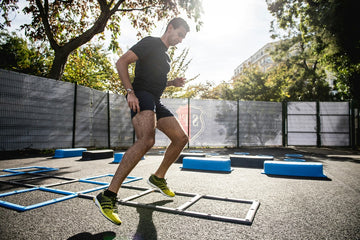Boost Your Plantar Flexion: Key Muscle Exercises


Posted by:
Johannes Sauer
Reviewed by:
Updated at: August 28, 2024
CHECK OUT THE LATEST IN ADAPTIVE FOOTWEAR...
FAQ
What is the Difference Between Dorsiflexion and Plantar Flexion?
What muscles would be used to stand on your tiptoes?
Which muscle plantar flexes the foot?
Why can't I stand on my toes?
What causes weakness in plantar flexion?


![[color: white] Original Women's Adaptive Shoe](http://cadense.com/cdn/shop/files/Womens-WHT-T1-LG.jpg?crop=center&height=300&v=1765381322&width=300)
![[color: black] Original Men's Adaptive Shoe](http://cadense.com/cdn/shop/files/Mens-BLK-T1-LG.jpg?crop=center&height=300&v=1765338442&width=300)





